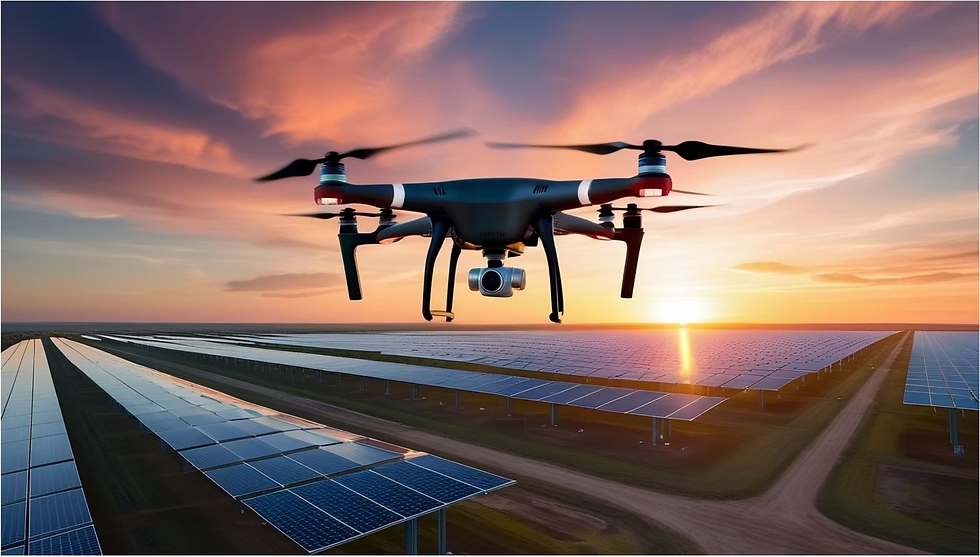Advancing Phlebotomy Precision: Exploring Subcutaneous and Fascial Planes with 3D Printing at CMA-AI in Training Center of Central Texas
- Dr. Saran Lotfolahzadeh
- Jun 26
- 2 min read
Advancing Phlebotomy Precision: Exploring Subcutaneous and Fascial Planes with 3D Printing at CMA-AI in Training Center of Central Texas
In phlebotomy, successful venous access hinges on a deep understanding of human anatomy, particularly the interaction between the subcutaneous tissue and fascial planes beneath the skin. As the Medical Director of CMA-AI in TCCT, I am proud to highlight how we harness 3D printing technology to train phlebotomists on these critical anatomical differences, especially across patients with varying amounts of adipose tissue.
Why Anatomical Planes Matter in Phlebotomy
Phlebotomy involves inserting a needle through the skin and subcutaneous fat to reach superficial veins, often lying just above or within fascial planes. The thickness and composition of these tissue layers vary widely among individuals, particularly with different body fat percentages.
Subcutaneous Tissue: This is the layer of fat directly beneath the skin, providing cushioning and adding depth that needs to be navigated during venipuncture.
Fascial Planes: Composed of connective tissue, these thin, tough layers separate muscle groups and underlie subcutaneous fat. Veins commonly lie adjacent to or within these planes.
Understanding the subtle variations in these layers is crucial because they affect needle insertion depth, angle, and tactile feedback during vein access.
Challenges in Training Across Varying Fat Layers
Traditional phlebotomy training models often fail to replicate the range of tissue thicknesses or the textural differences between subcutaneous fat and fascial planes. This gap can lead to:
It is difficult to adapt the technique for patients with higher adiposity, where veins are more profound and tissue resistance differs.
Increased risk of missed veins or excessive needle passes.
Limited realistic tactile feedback during training leads to less confidence in real-world scenarios.
3D Printing: A Game-Changer in Anatomical Realism
At CMA-AI in TCCT, we have solid plans and modules to engineer 3D printed phlebotomy simulators that replicate subcutaneous fat and fascial layers' distinct physical and anatomical properties. By adjusting print materials and structural design, we simulate:
Varied adipose thicknesses: From lean tissue with minimal fat cushioning to obese tissue with thick, pliable subcutaneous layers.
Realistic fascia texture: Providing subtle resistance and tactile demarcation between subcutaneous fat and deeper scar tissue planes.
Accurate vein positioning: Veins are embedded at appropriate depths relative to the fascial plane, mimicking real patient anatomy.
These features allow phlebotomists to practice needle advancement through layers with feedback on depth and pressure, emphasizing the careful navigation required in diverse body types.
Elevating Competency and Patient Safety
This precision training enables clinicians to:
Adjust needle angle and insertion force based on the patient's tissue composition.
Recognize and differentiate fascial resistance, reducing the risk of penetrating beyond the vein or causing trauma.
I




Comments